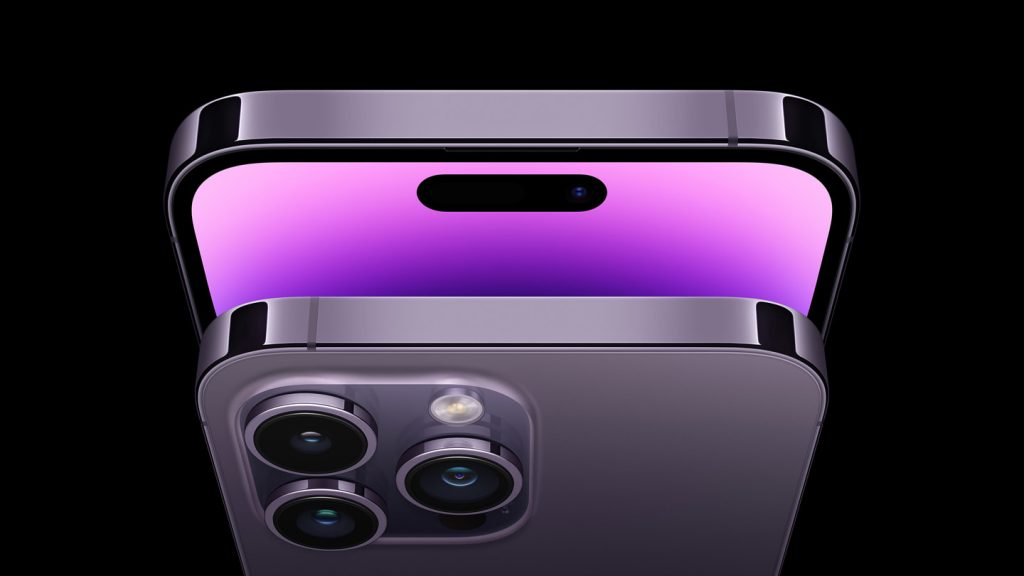Steve Jobs, the late co-founder of Apple, was known for his disdain towards encasing the beautifully designed iPhone in plastic protectors. Now, Apple has been granted a new patent that could potentially eliminate the need for unsightly covers.
The patent showcases a grid of durable microbeads, smaller than the size of a pencil tip, which extends above the back panel of an iPhone. These microbeads aim to protect the more delicate parts of the device’s casing. Apple suggests that the “abrasion-resistant” beads could be made from various materials, such as metals, glasses, ceramics, or other suitable substances.
According to the patent, the beads could be embedded in a plastic material, similar to the polycarbonate used in previous budget-conscious iPhone models like the iPhone 5S and 5C from 2013. The beads may extend above the plastic material’s surface, as detailed in the patent filed on September 26, 2017, and recently made public by the US Patent and Trademark Office.
Over the years, Apple has faced challenges in improving the resilience of its iPhones against daily wear and tear while preserving their smooth, glossy finish. The iPhone 14 and 14 Plus released last year featured an IP68 waterproof “ceramic shield” enveloping the entire phone, with a flat aluminum back panel (or stainless steel on the higher-end Pro models). However, these seemingly robust materials performed poorly in drop tests conducted by some product reviewers when compared to the iPhone 12 and 13 models.
The patent suggests that the microbeads’ design may create desirable light reflections, images, or colors. While the diagrams accompanying the patent depict an iPhone, the language used implies that other Apple devices, such as iPads and MacBooks, could also benefit from similar scratch-resistant features in the future.
However, the patent does not provide any information about the tactile experience of this textured surface.
Apple has a history of patenting innovative ideas to stay ahead of competitors or explore concepts that may not come to fruition. For example, the patent for a wallet-like foldable iPhone has yet to materialize. Nonetheless, the inclusion of tough microbeads addresses the need for a durable iPhone made from materials that maintain their sheen without inadvertently interfering with the device’s functionality as an electromagnetic shield.
Industry observers speculate that this patent may be too late for implementation in the upcoming iPhone 15. However, there is speculation that the shimmering and sturdy beads could become a notable feature in the long-rumored and highly anticipated iPhone Ultra, potentially embedded in a back panel within its rumored titanium chassis.

